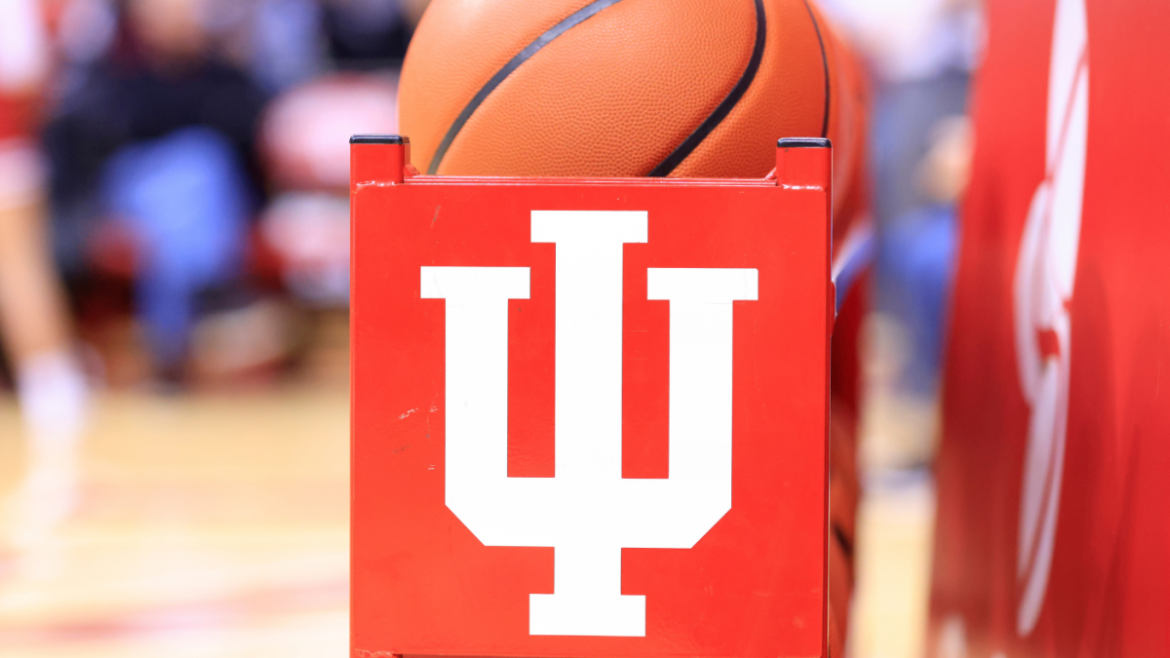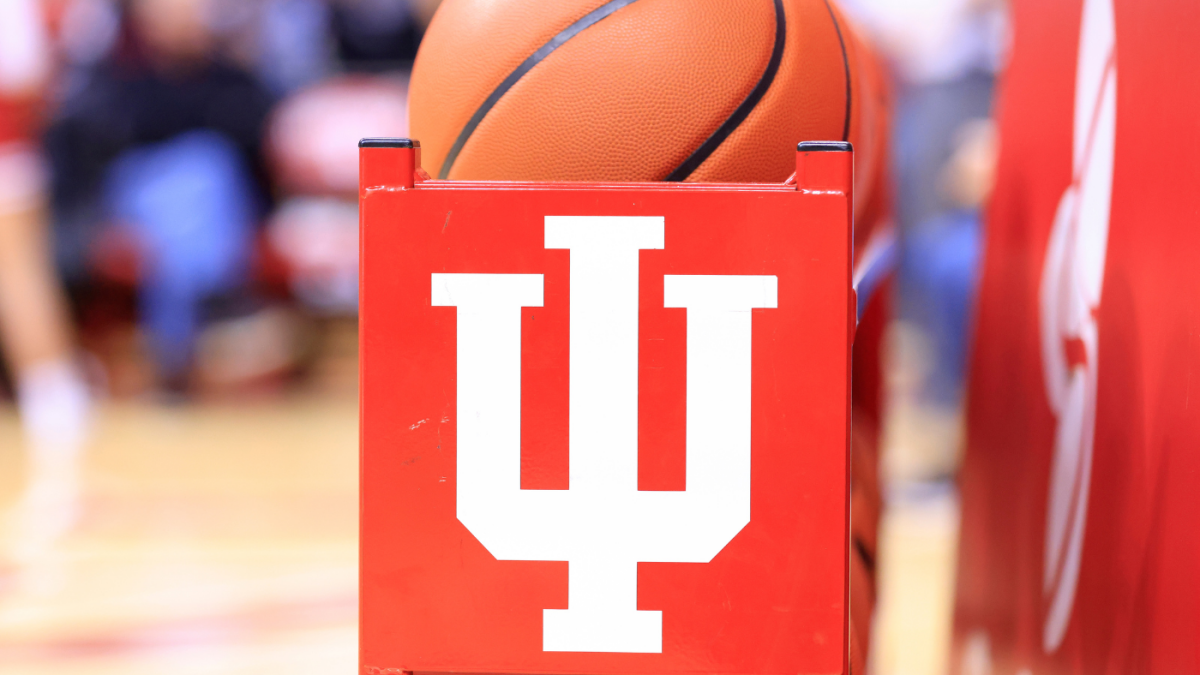The scandal surrounding the former Indiana University (IU) men’s basketball team doctor, Dr. Bradford Bomba Sr., has unraveled into one of the most harrowing cases of alleged sexual abuse within collegiate sports medicine. Current developments reveal a growing number of former players coming forward with accusations of medically unnecessary, invasive, and sexually abusive examinations spanning decades. This multi-dimensional issue not only exposes the alleged conduct of a trusted physician but also raises questions about institutional oversight, player protection, and the long-term impact on victims.
Background and Allegations
Bradford Bomba Sr., who served as the team physician for IU’s men’s basketball from the 1960s through the late 1990s, faces accusations from over 15 former players. The lawsuits allege that Bomba routinely performed invasive rectal and prostate exams on young athletes—sometimes minors—under the pretense of medical necessity. These examinations were claimed to be unnecessary for routine physicals and, according to plaintiffs, were conducted in a manner they describe as sexually abusive.
Despite being an era when medical practices and awareness around abuse were less advanced, the allegations include reports that some players discussed the misconduct openly among themselves, indicating a pervasive awareness within the team. The accusations have also implicated other IU officials, including athletic trainers and even legendary basketball coach Bob Knight, suggesting that allegations were reported or suspected but inadequately addressed.
Legal Actions and Court Proceedings
The legal response to these allegations has intensified in the past months. Initially started by two former IU players, the class-action lawsuit has expanded to include at least five plaintiffs—among them notable figures such as former NBA player and coach Butch Carter. The lawsuit accuses IU of negligence in overseeing Bomba’s conduct and alleges institutional complicity by ignoring or dismissing player concerns.
The legal filings have incorporated state tort claims against the university, emphasizing that IU allegedly failed to respond appropriately to prior notices of the tort claims. In addition to Bomba, other university staff, such as longtime basketball trainer Tim Garl, have been named for their alleged knowledge and failure to act on the misconduct.
Notably, these serious allegations continued to surface even after an independent external investigation was conducted and reportedly cleared Bomba of wrongdoing prior to his death in early 2025 at age 88. This discrepancy between the investigation’s findings and the growing body of player testimonies further complicates the narrative and credibility challenges.
Institutional and Cultural Implications
This case highlights the complex dynamics at play when abuse allegations involve revered figures within powerful athletic programs. The trust placed in medical professionals, combined with the hierarchical nature of sports teams, can create environments where victims feel powerless or fearful to speak out.
The presence of high-profile coaches and trainers within the lawsuit underscores potential systemic failures at IU. It raises ethical and procedural questions about how institutions protect athletes, handle allegations internally, and prevent abuse.
Additionally, the public acknowledgment of former players decades after the alleged abuse points to evolving attitudes surrounding sexual misconduct and athlete protection. The courage of these men to share their stories aims not only for legal redress but also to warn others and push for reforms in sports medicine protocols.
Psychological and Emotional Impact on Victims
The allegations uncovered resonate far beyond legal dimensions; they echo the profound emotional trauma endured by the victims. Many players were teenagers facing physical exams from a trusted figure who allegedly abused that trust. The invasive nature of the exams and the prolonged silence forced upon the victims can have enduring psychological effects such as anxiety, depression, mistrust of medical providers, and difficulties in personal relationships.
Statements from players like Haris Mujezinovic, who emphasize speaking out in support of fellow athletes, reveal the importance of breaking silence around sexual abuse. Their advocacy seeks to validate survivor experiences and foster an environment where such incidents no longer remain hidden.
Broader Reflections on Sexual Abuse in Sports Medicine
While the IU basketball doctor case is shocking in its scope and detail, it is part of a larger, troubling pattern of sexual misconduct by physicians and healthcare providers in sports settings. The misuse of medical authority to conduct inappropriate exams reflects vulnerabilities in the athlete-care interface that require urgent attention.
This scandal reinforces the need for strict medical oversight, clear protocols in athlete examinations, and mechanisms that empower athletes to report misconduct safely. It also raises questions about the responsibility of educational and athletic institutions to enact cultural changes and robust preventative measures.
Moving Forward: Legal, Institutional, and Cultural Reforms
The ongoing lawsuits and public discourse surrounding the IU case could catalyze meaningful reforms. Increased transparency in investigations, improved safeguarding policies, and independent oversight of sports medicine practices may emerge as critical next steps.
Universities might reevaluate their athlete support services and ensure that medical staff undergo comprehensive training on consent and appropriate care. Weight must also be placed on creating channels within athletic programs where players feel secure to report concerns without fear of reprisal or damage to their careers.
From a legal standpoint, success in these lawsuits could set precedents enforcing accountability not just on individuals but on institutional actors complicit or negligent in abuse cases.
Conclusion: A Call for Justice and Vigilance
The allegations against former Indiana University team doctor Bradford Bomba Sr. expose profoundly disturbing breaches of trust endured by multiple generations of student-athletes. While justice through litigation is a critical avenue for victims, the wider challenge lies in transforming the culture surrounding sports medicine to prioritize athlete safety, dignity, and respect.
This case starkly reminds us that no individual’s authority should exempt them from scrutiny, especially when that authority is wielded over vulnerable young athletes. Honoring the courage of the survivors means persistent vigilance, ongoing reforms, and a commitment to protecting all athletes from harm in the future. The reverberations from these revelations will likely drive change well beyond Indiana University’s halls, influencing how collegiate sports and medicine intersect across the nation.





